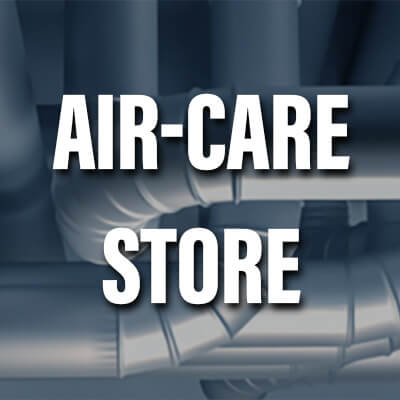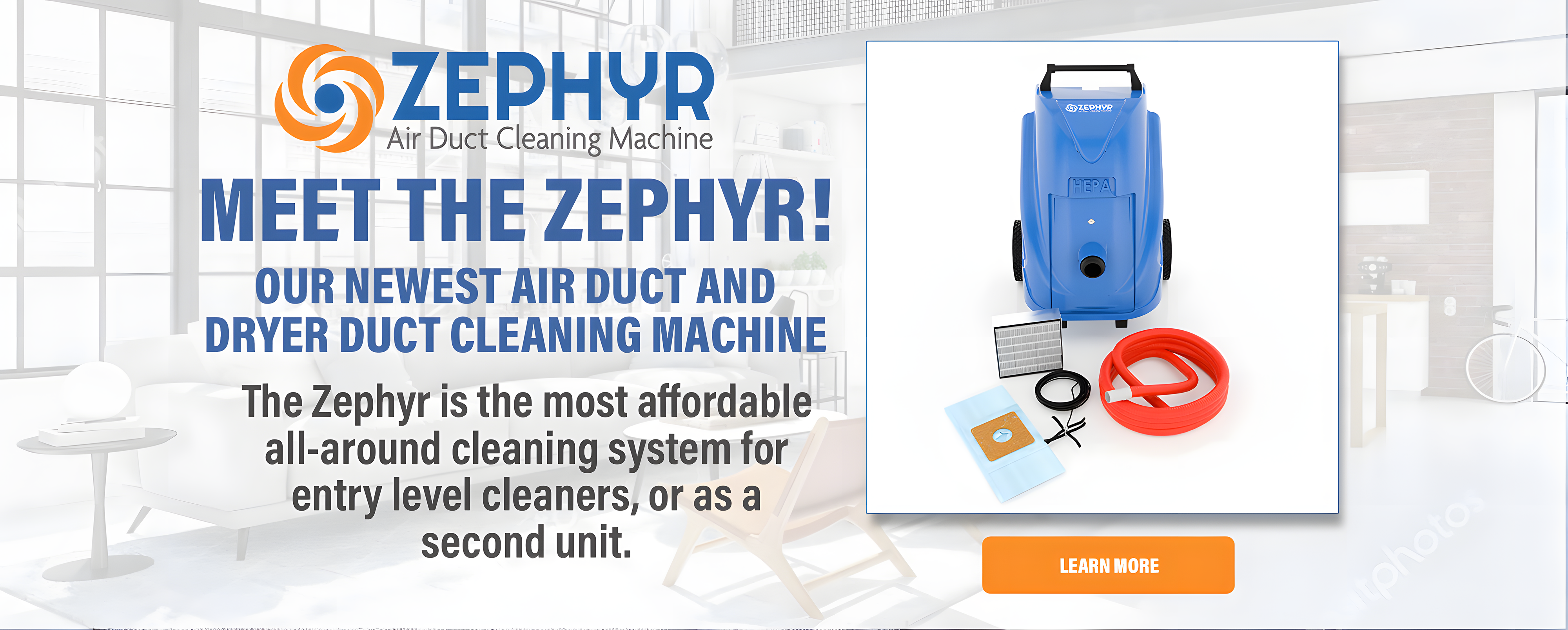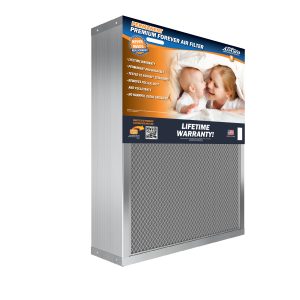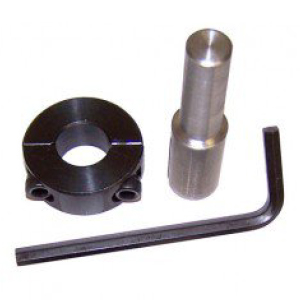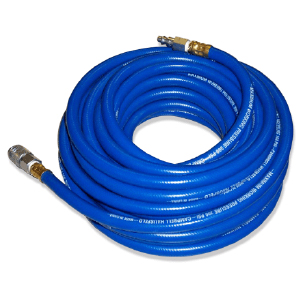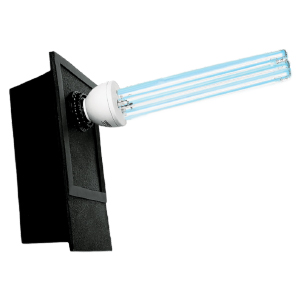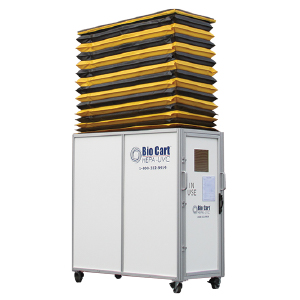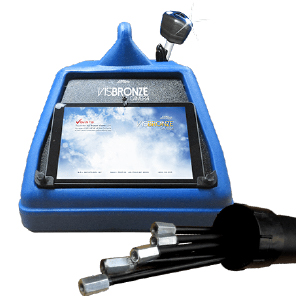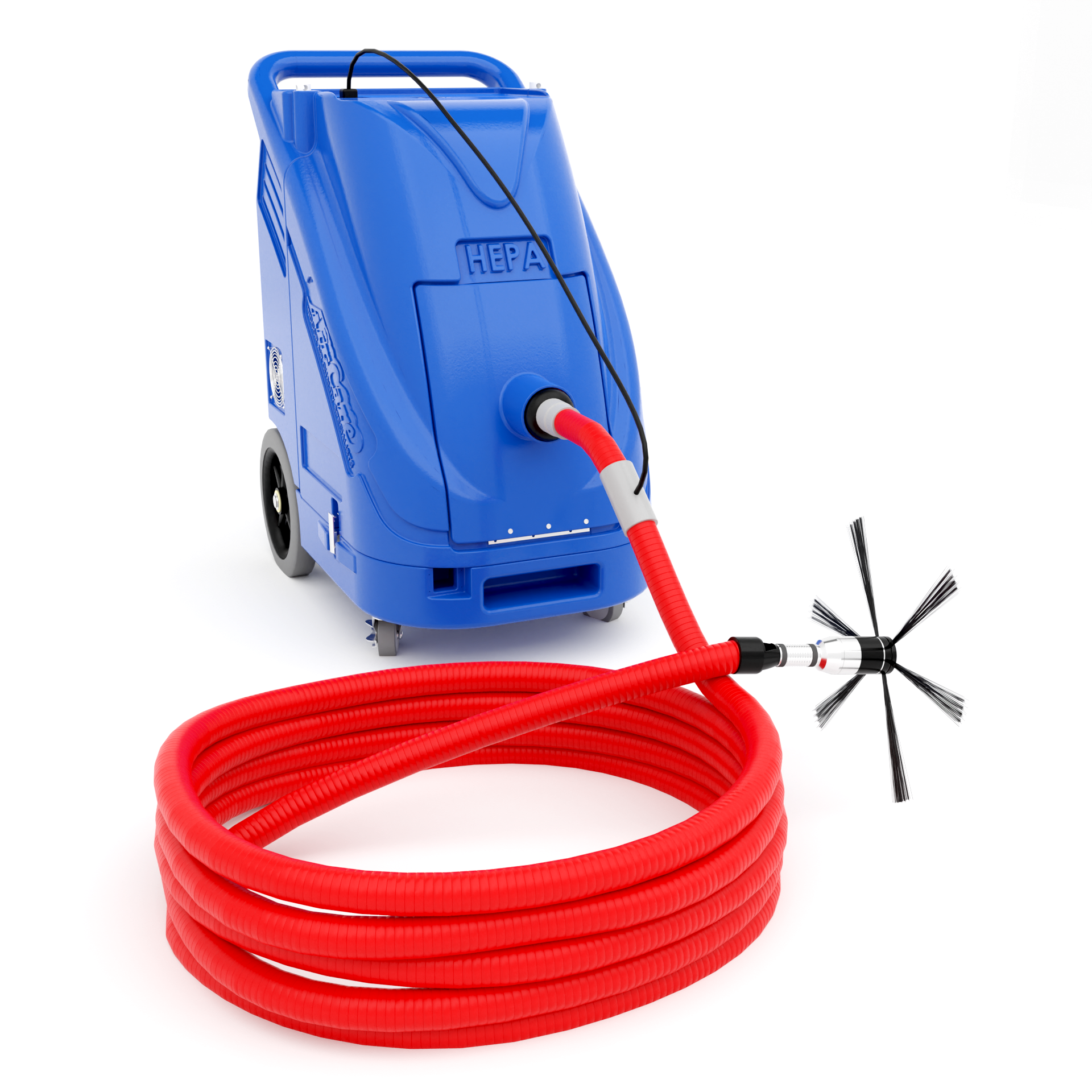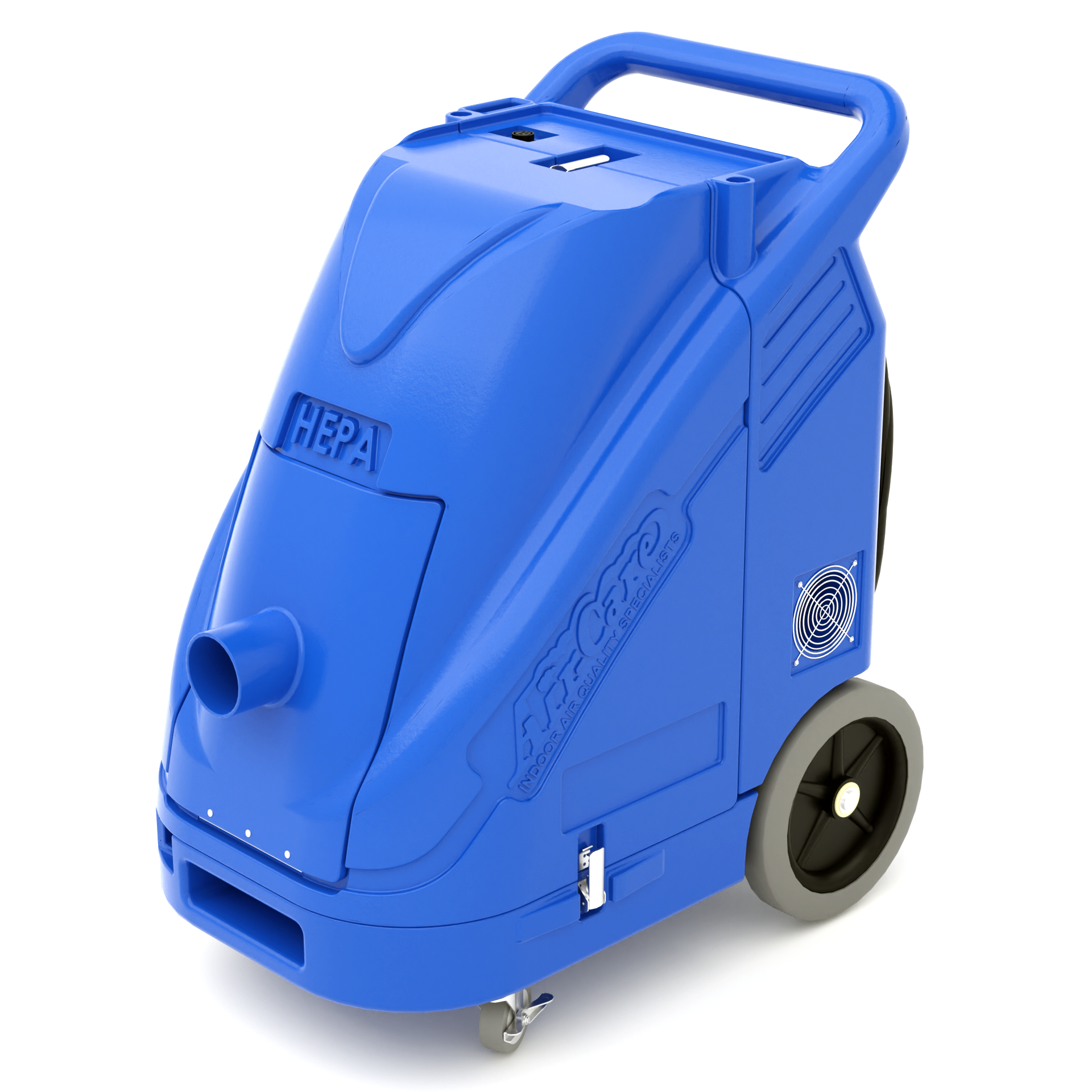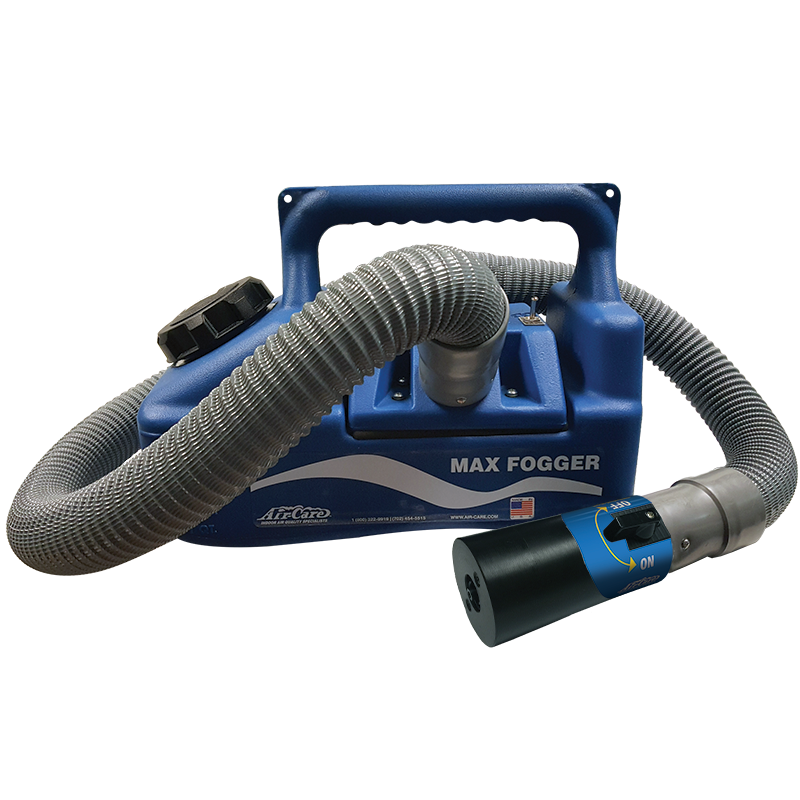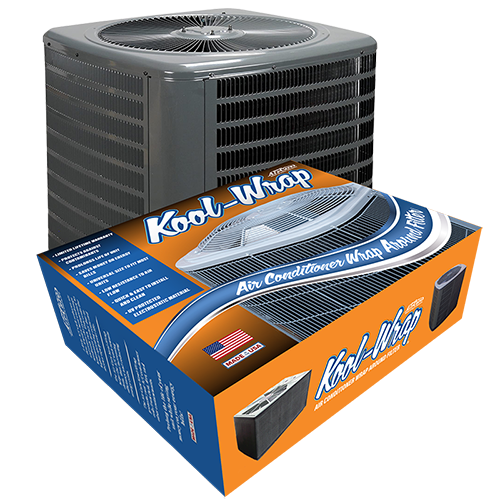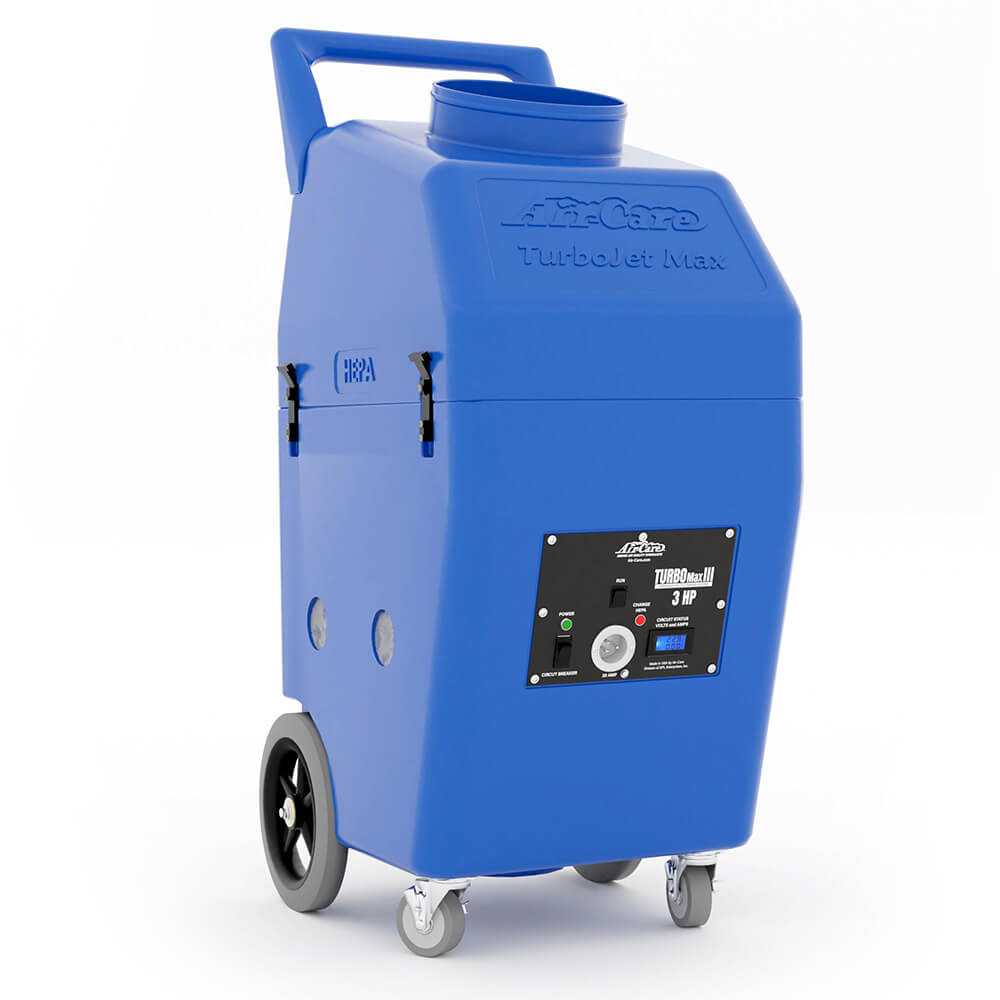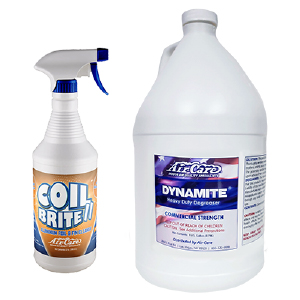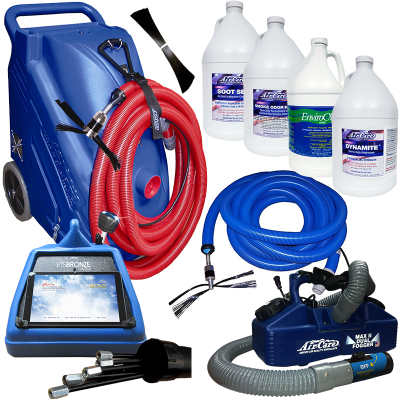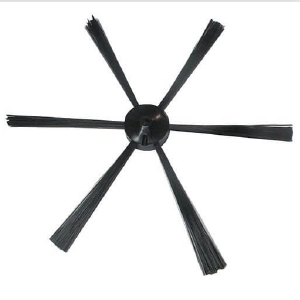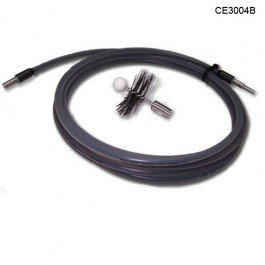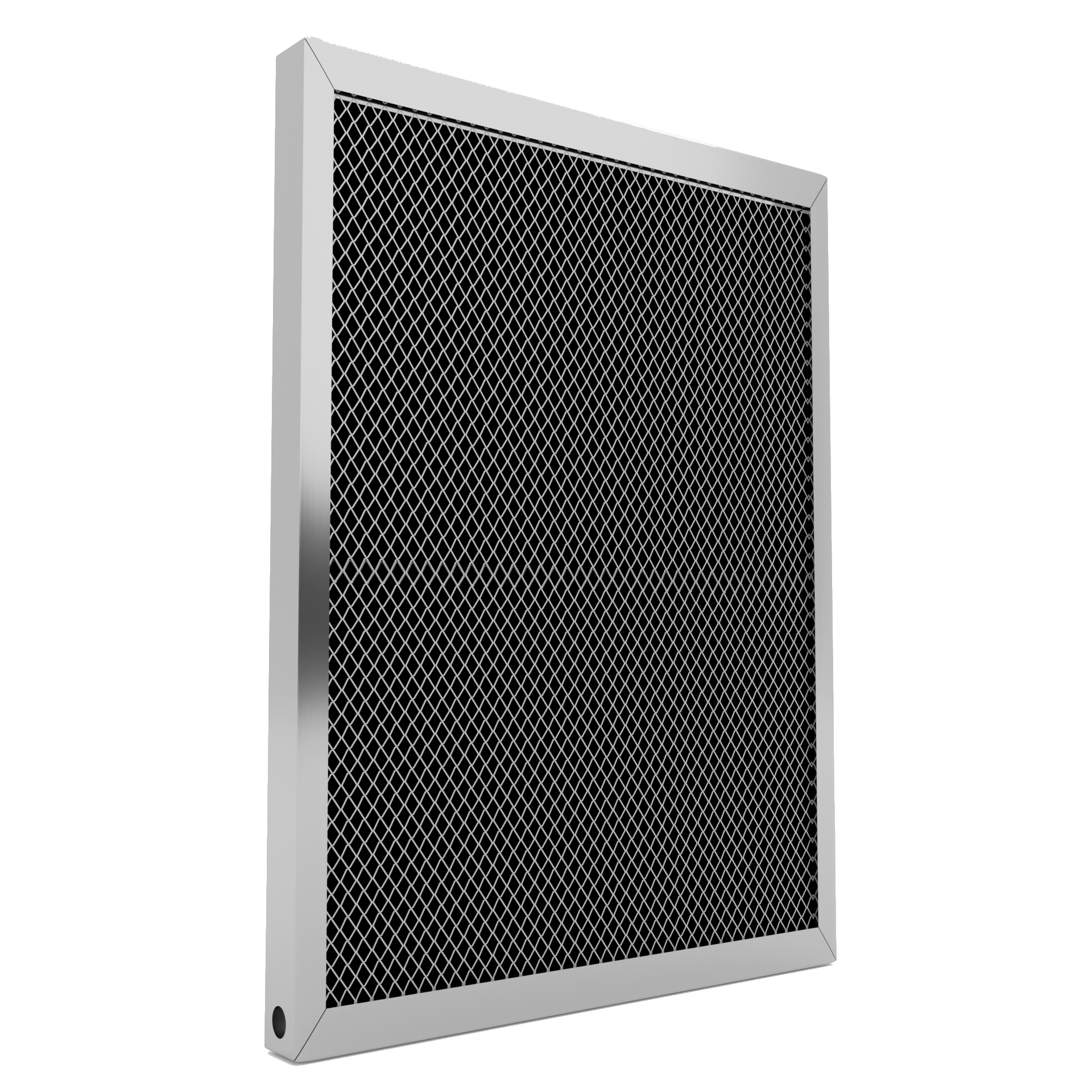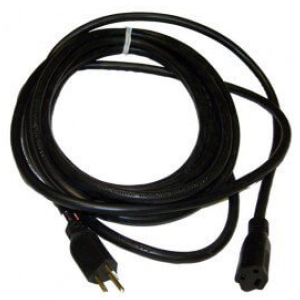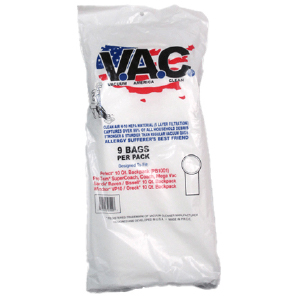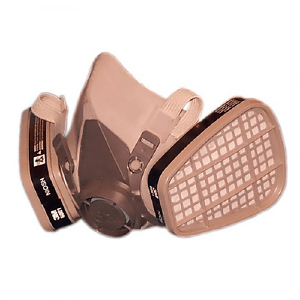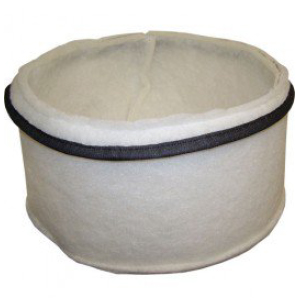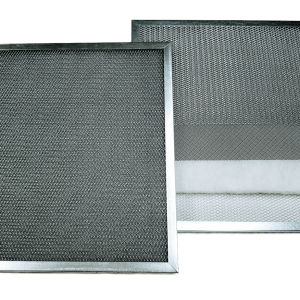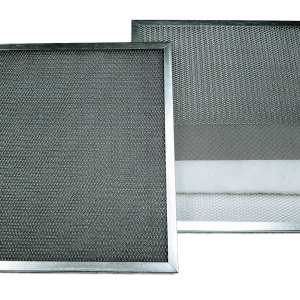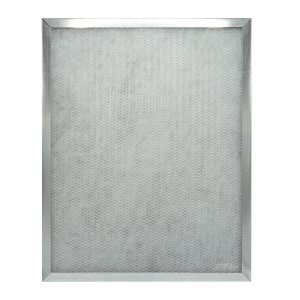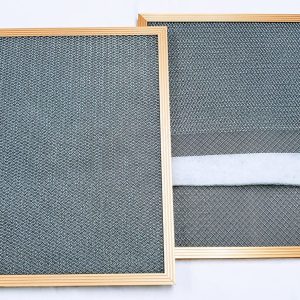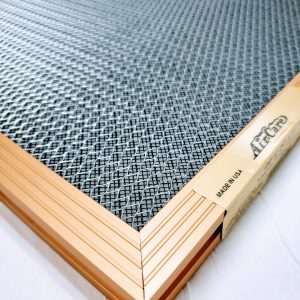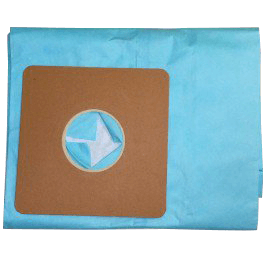1-800-322-9919Monday – Friday 8 AM – 4 PM (Pacific Time)
- Home
- Business
- Training
- Shop
- Air Duct Cleaning Equipment
- Air Filters (Electrostatic/HVAC)
- Air Purification
- Bio/Containment Carts
- Chemicals
- Dryer Duct Cleaning Equipment
- Duct Inspection Cameras
- Foggers
- Kool Wrap
- Accessories
- Replacement Parts
- Replacement Equipment Filters
- Cobra Replacement Parts
- DuctMaster Replacement Parts
- TruckMaster Replacement PartsReplacement parts for the TruckMaster
- TurboJet Replacement Parts
- VentVac Replacement Parts
- Replacement Filters for TurboJetsHere are the filters that are compatible with our entire line of Turbojet Air-Care equipment.
- Sales and Marketing Materials
- Safety Equipment
- New Products
- Bio Cart HEPA Containment Unit
- Online Equipment Manual
(Opens in New Window) - App Downloads
- Product Warranties
- Business Policy
- Legal Information
- About
- Login/New Accounts
- Home
- Business
- Training
- Shop
- Air Duct Cleaning Equipment
- Air Filters (Electrostatic/HVAC)
- Air Purification
- Bio/Containment Carts
- Chemicals
- Dryer Duct Cleaning Equipment
- Duct Inspection Cameras
- Foggers
- Kool Wrap
- Accessories
- Replacement Parts
- Replacement Equipment Filters
- Cobra Replacement Parts
- DuctMaster Replacement Parts
- TruckMaster Replacement PartsReplacement parts for the TruckMaster
- TurboJet Replacement Parts
- VentVac Replacement Parts
- Replacement Filters for TurboJetsHere are the filters that are compatible with our entire line of Turbojet Air-Care equipment.
- Sales and Marketing Materials
- Safety Equipment
- New Products
- Bio Cart HEPA Containment Unit
- Online Equipment Manual
(Opens in New Window) - App Downloads
- Product Warranties
- Business Policy
- Legal Information
- About
- Login/New Accounts


